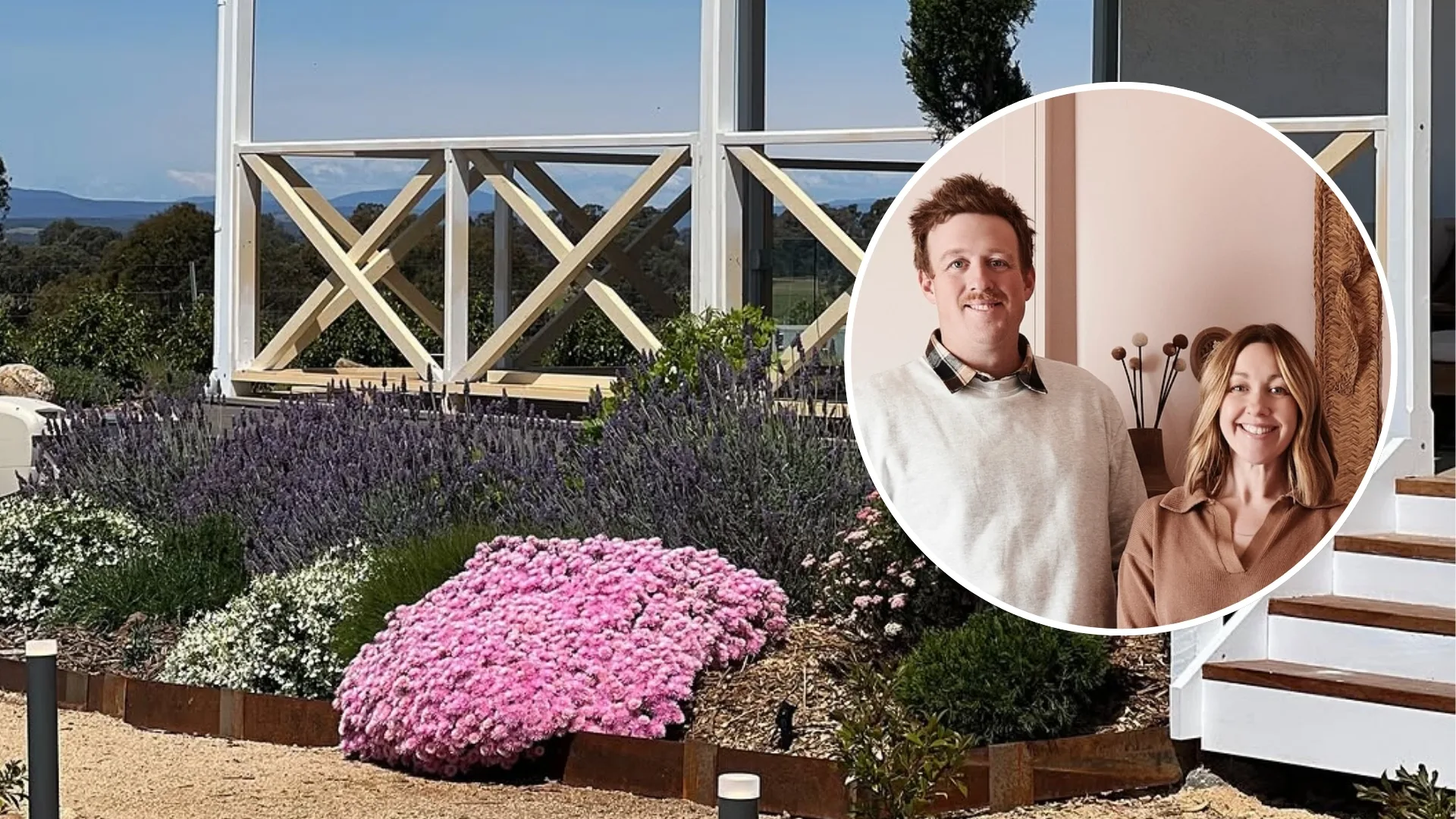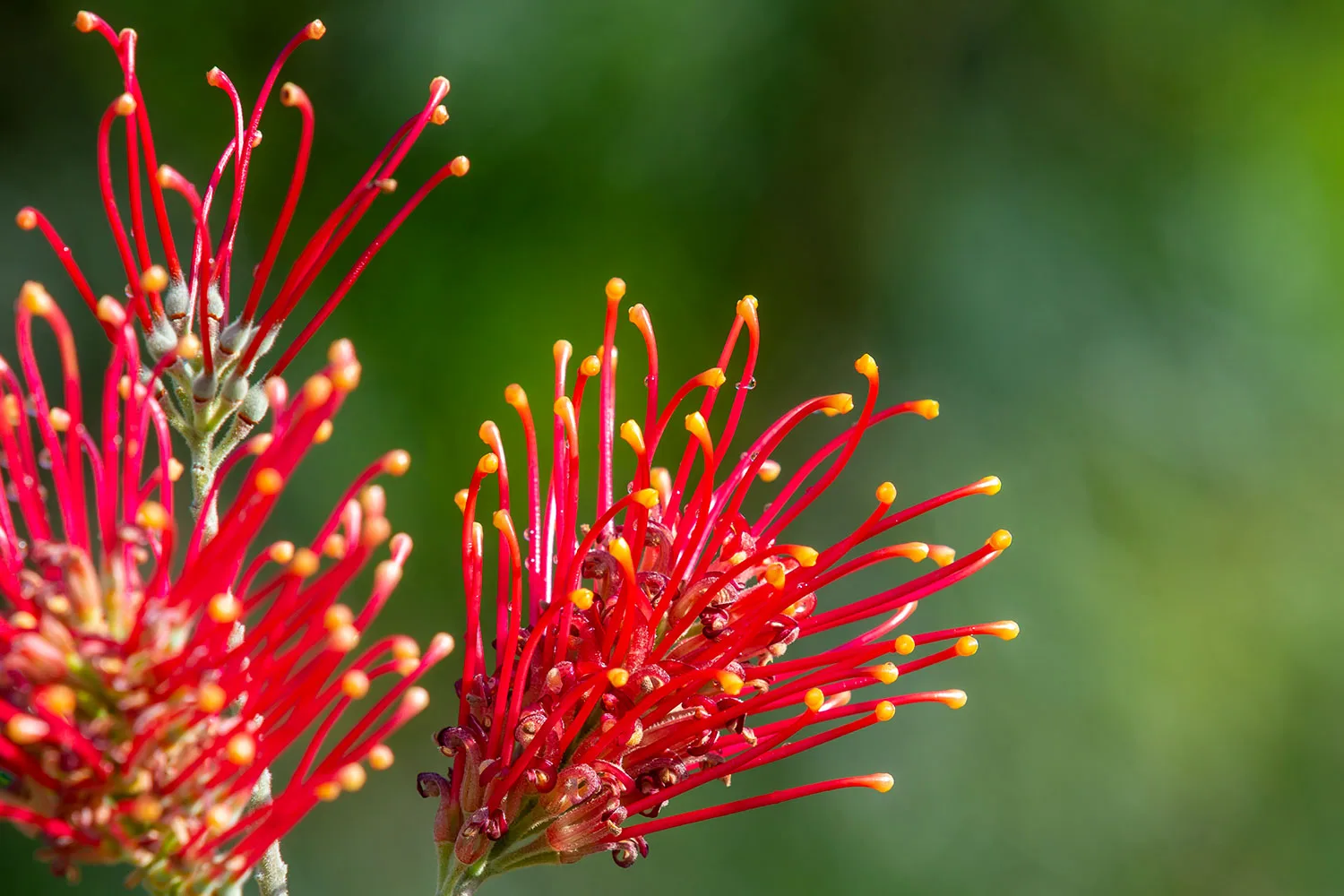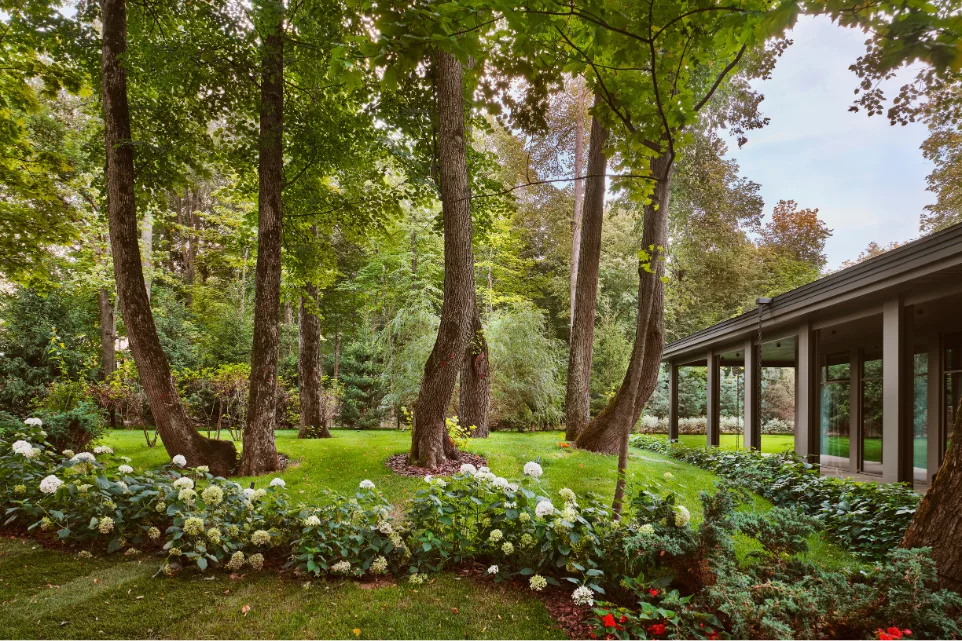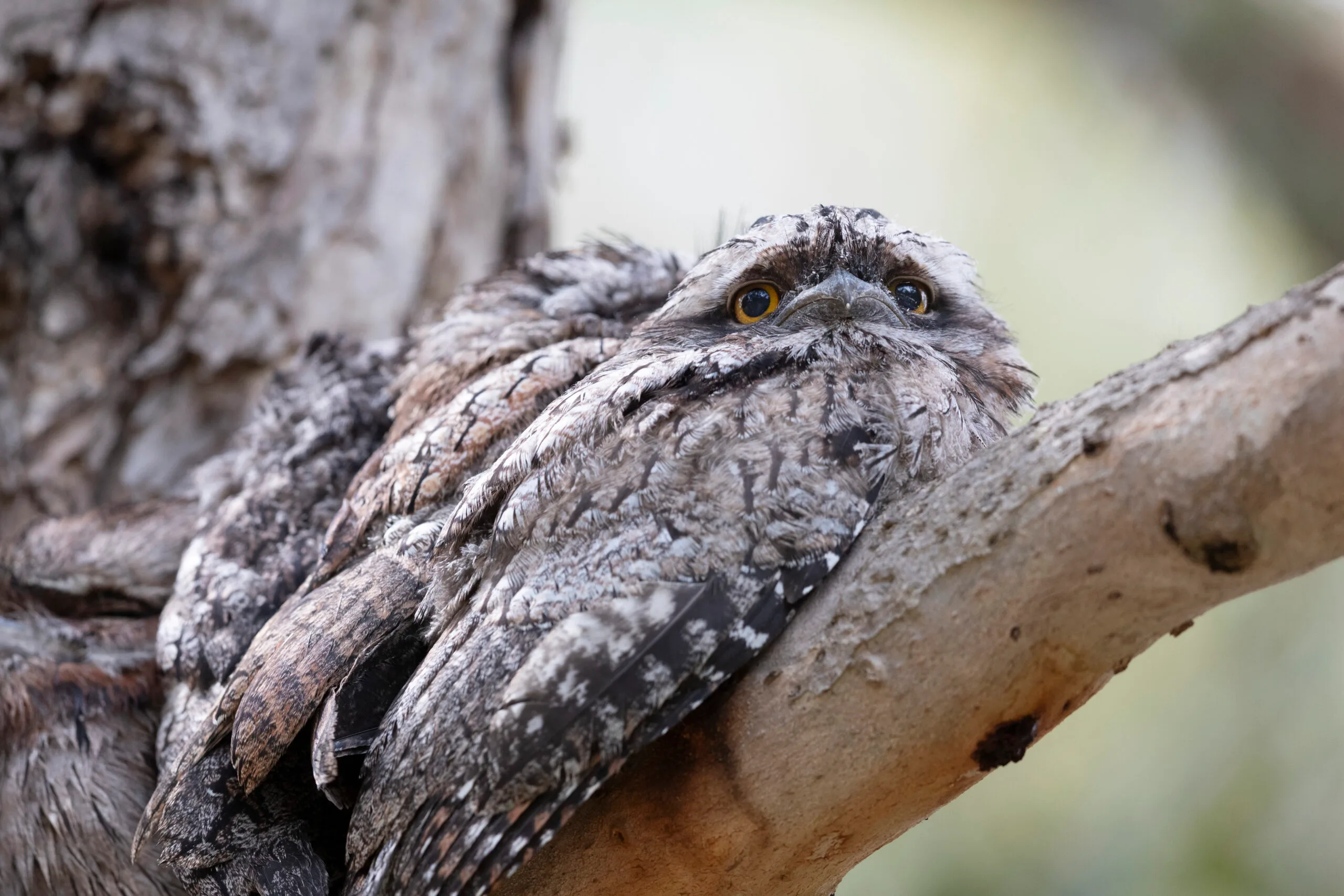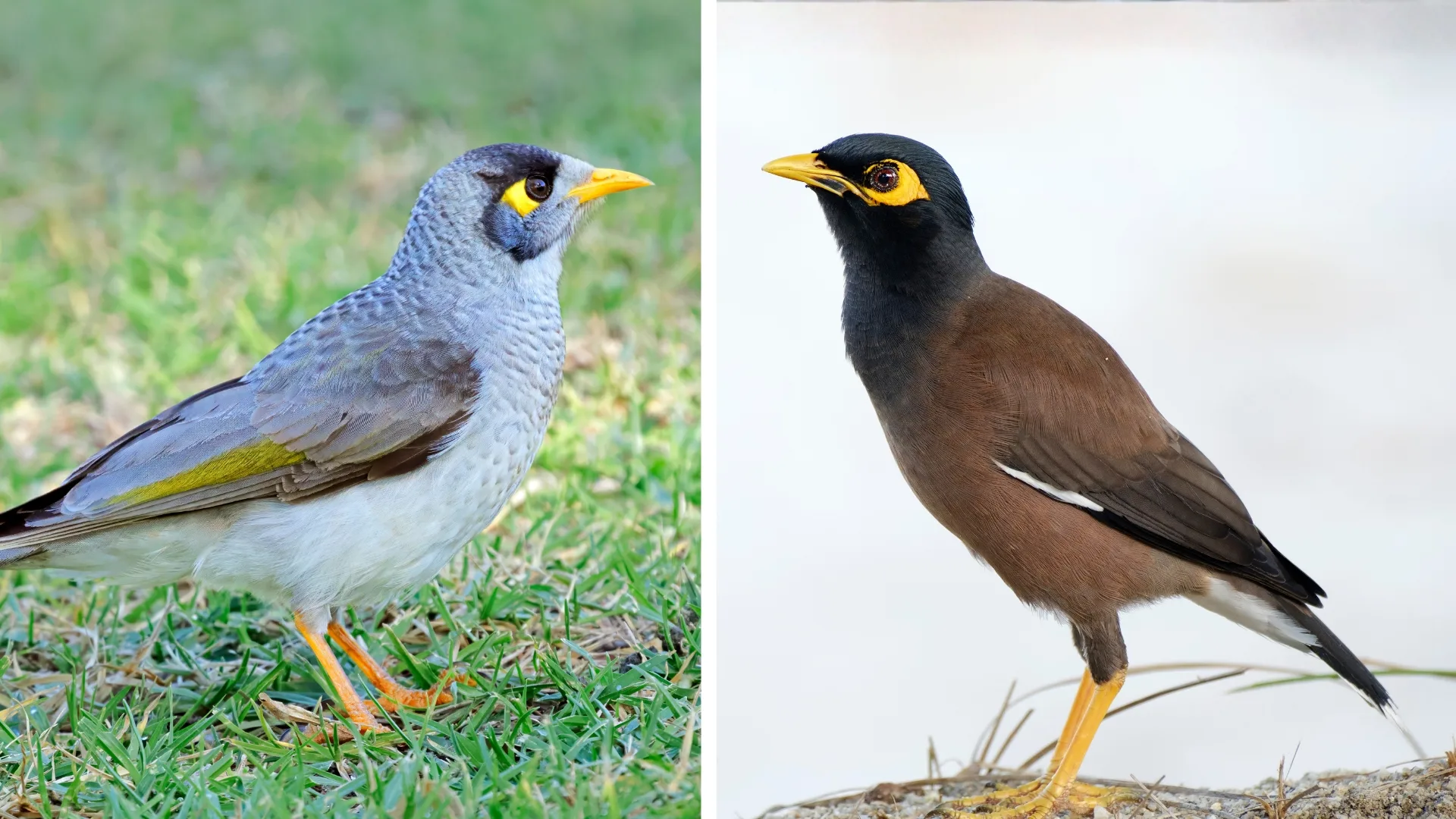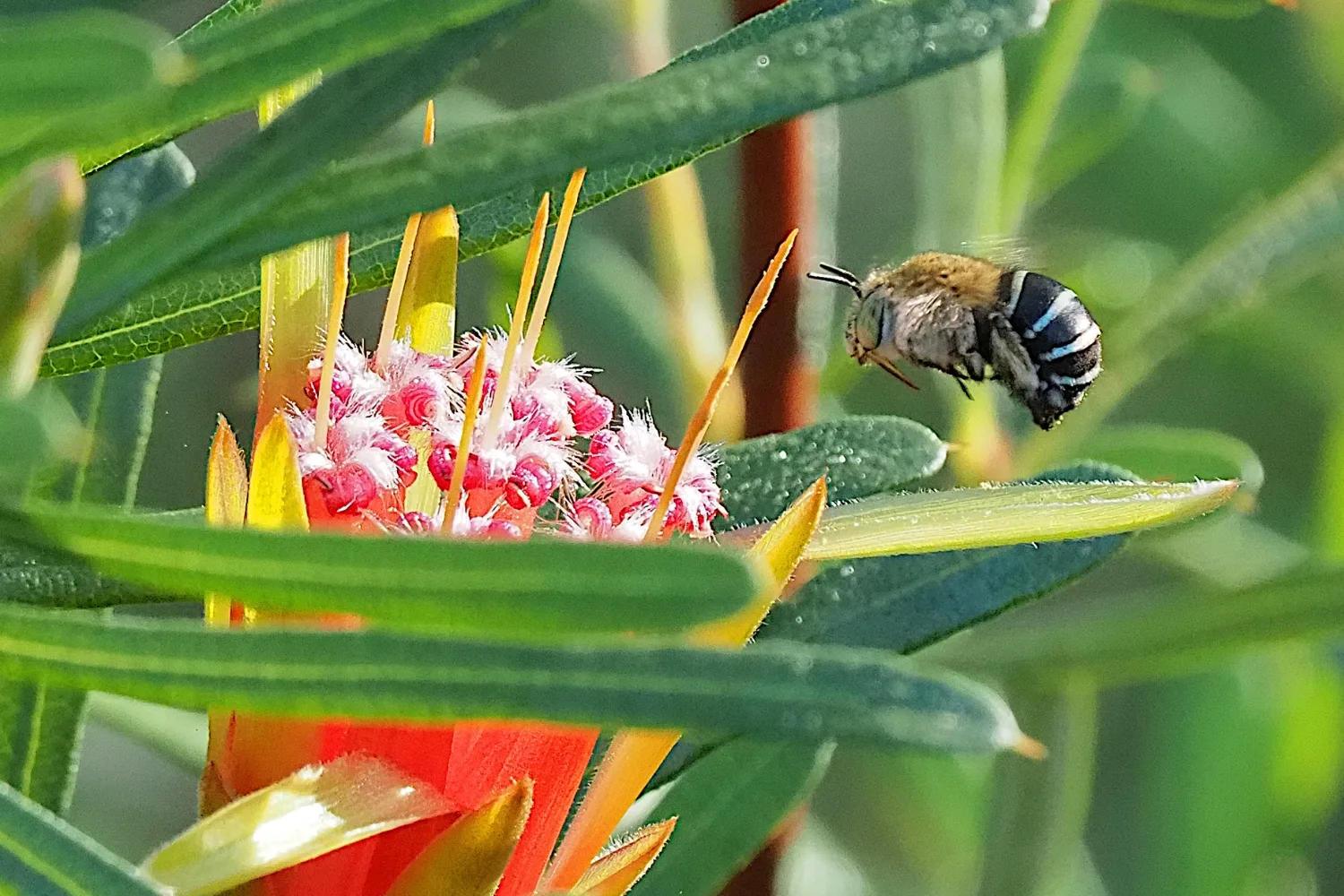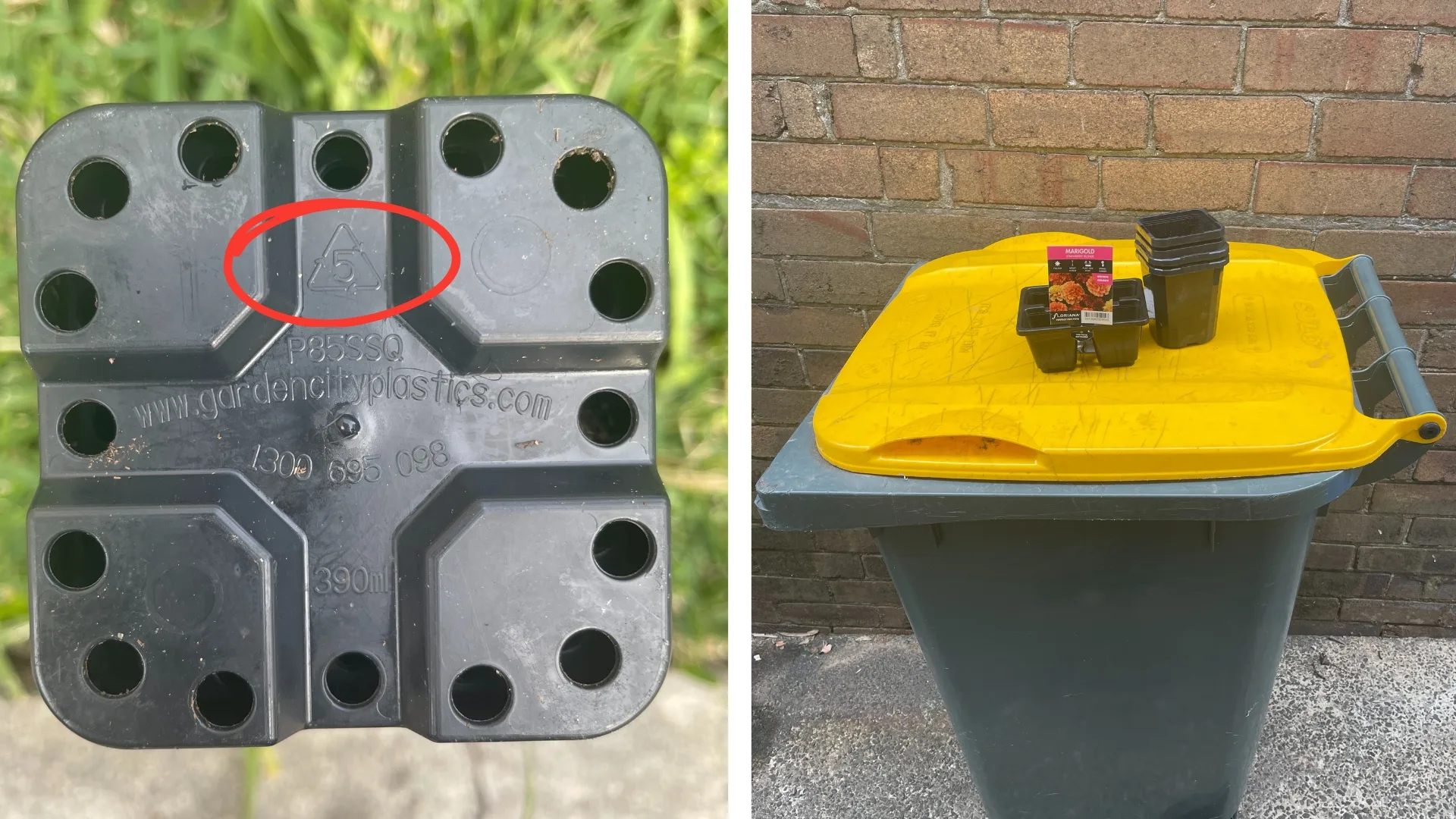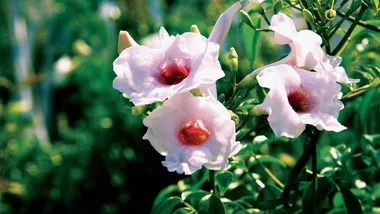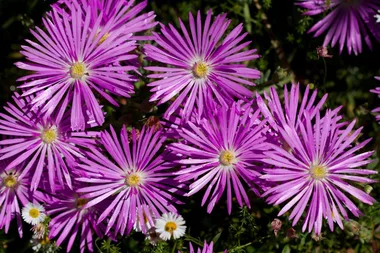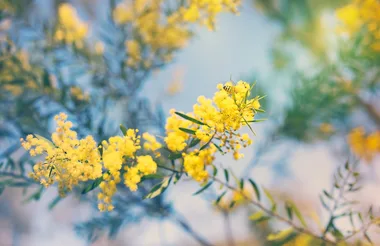Serial renovator duo Josh and Jenna are known for their drab-to-fab house flips and beautiful interiors. But, this time, it’s the garden in their new Rutherglen family home that has tongues wagging.
After planting out a mix of native and aromatic plants in the front garden of ‘The Castle’ (their chosen name for the refurbished 3 and 1/2 acre property), the recent photos show a stunning display of spring flowers.
The standout? A large cluster of pink on either side of the front stairs.
You wouldn’t think so, but these flowers are actually Pig Face or Ice Plant (Lampranthus glaucus). This specific cultivar, Pig Face ‘Pale Pink’, is currently only available on Garden Express, and is already sold out!
‘Pale Pink’ works well in dry, arid conditions and thrives in full sun positioning.
While it looks similar to the Aussie native pig face or Karkalla, it’s actually from South Africa. It’s more shrubby, has thinner, waxy, blue leaves and clearly, has so many more flowers.
Although this flower is picture perfect, it does have one downside – it can become invasive if not looked after properly. When planting Ice Plant, it’s essential to keep it contained in a garden bed or plant pot. This ensures it won’t escape and cause havoc in local, native areas.
What to plant instead of Pig Face ‘Pale Pink’
Since it’s already sold out (and could take over your whole garden), here are a couple of alternatives that will give you the same lustrous pink look in your garden:
- Native pig face or Karkalla (Carpobrotus rossii): The Aussie version of pig face is just as easy to grow and has similar colourful flowers. It may be a bit more sparse in terms of blooms, but their bright hues certainly make up for it.
- Pink paper daisy (Brachysome spp.): The paper daisy or everlasting daisy is an absolute classic. It’s low-maintenance and great for hot weather, but can grow quite tall depending on the variety you choose.
- Sedum or Stonecrop: This drought-tolerant plant is perfect for hot Aussie climates, and the bees will love it as well. There’s a large variety of stonecrops; for a similar effect to Josh and Jenna’s garden, opt for a shrubby plant or compact type.
- Swan River daisy (Brachysome iberidifolia): For a stunning purple alternative, the Swan River daisy is your best option. With a multitude of light purple flowers, it works well as a groundcover.
- Seaside daisy (Erigeron karvinskianus): The seaside daisy is everyone’s favourite tiny pop of colour. Plant this in your garden beds as the perfect filler.
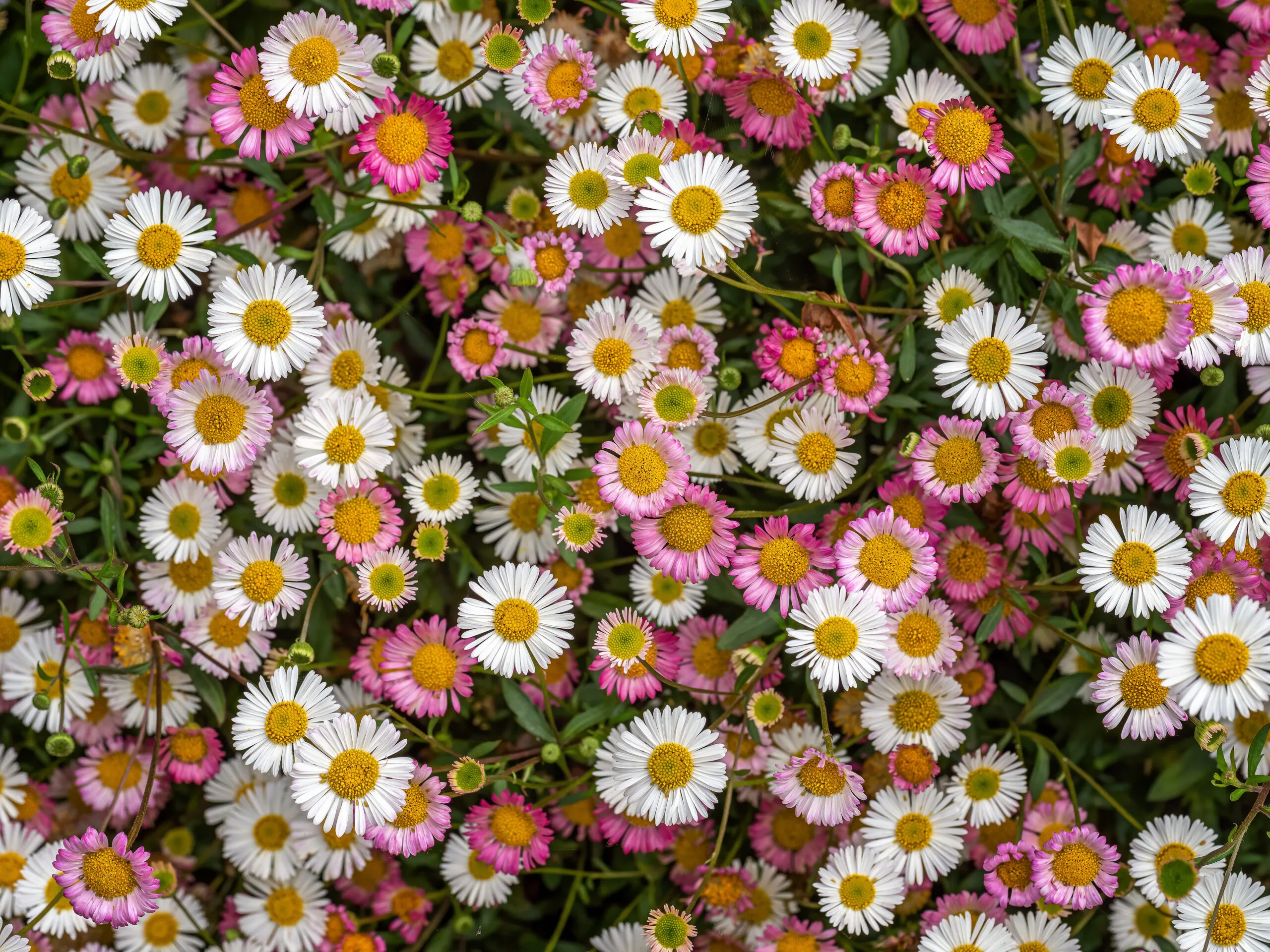
Other plants in Josh and Jenna’s garden
The couple also posted a helpful guide, labelling all of the plants they’ve used. A mix of Aussie natives is complemented by aromatic lavender, topiaried juniper and interesting exotic grasses for texture.
Their supplied list of plants includes:
- English lavender (Lavandula angustifolia)
- Rice flower (Ozothamnus diosmifolius)
- Juniper (Juniperus)
- Salvia
- Casuarina ‘Green Wave’ (Casuarina glauca)
- Poa ‘Eskdale’ (Poa labillardieri)
- Casaurina ‘Cousin It’ (Casuarina glauca)
- Coastal rosemary ‘Smokey’ (Westringia fruticosa)
- Coast banksia (Banksia integrifolia)
- Peppermint willow (Agonis flexuosa)
- Creeping boobialla (Myoporum parvifolium)
- Billy buttons (Craspedia globosa)
- Chinese fountain grass ‘Nafray’ (Pennisetum alopecuroides)
